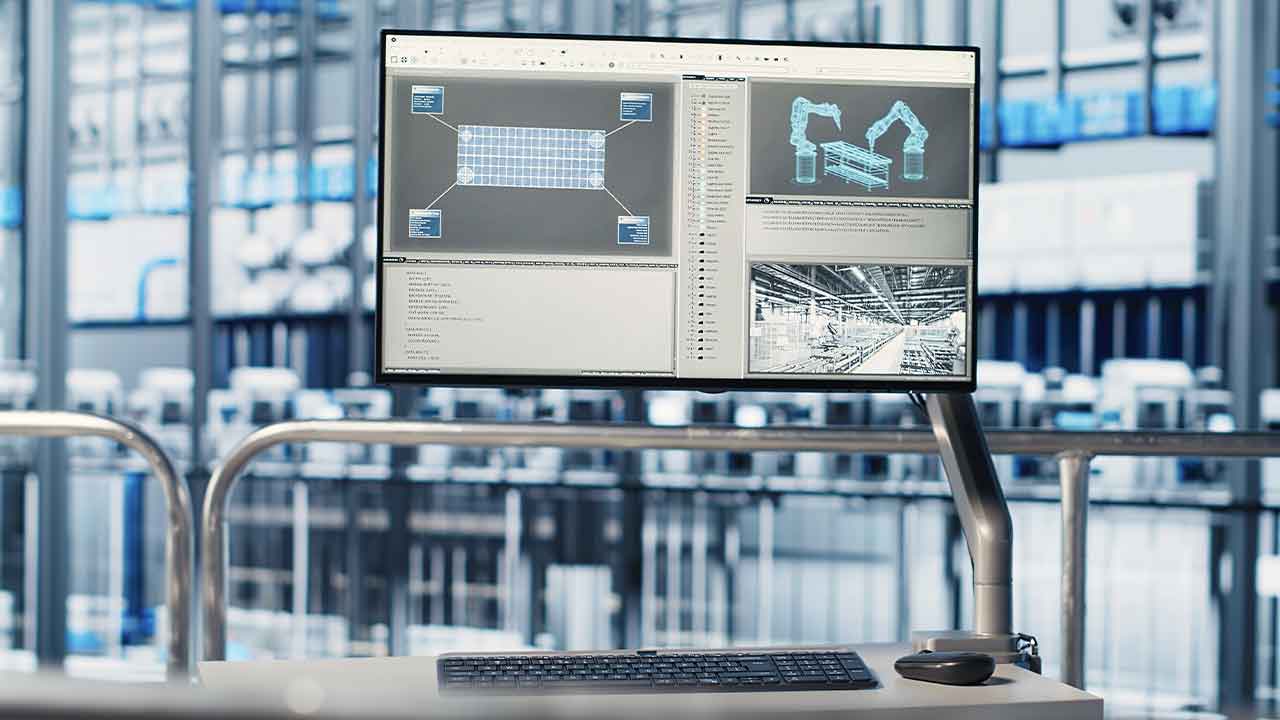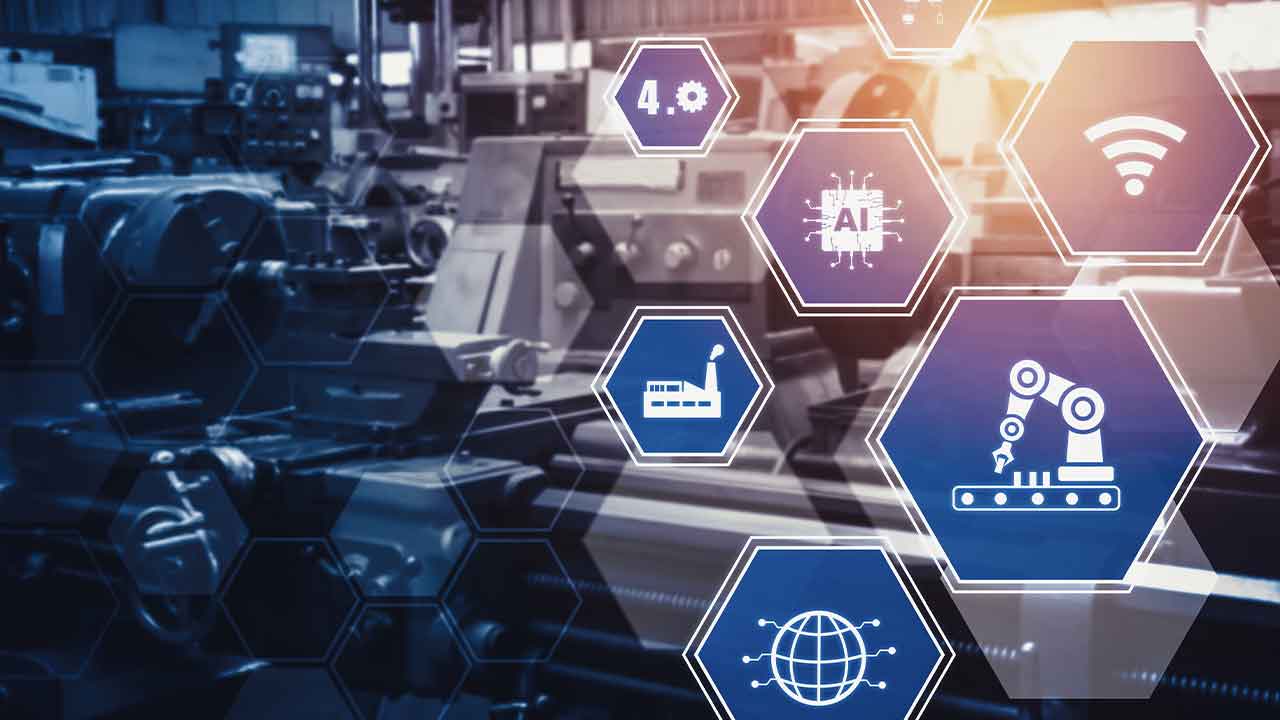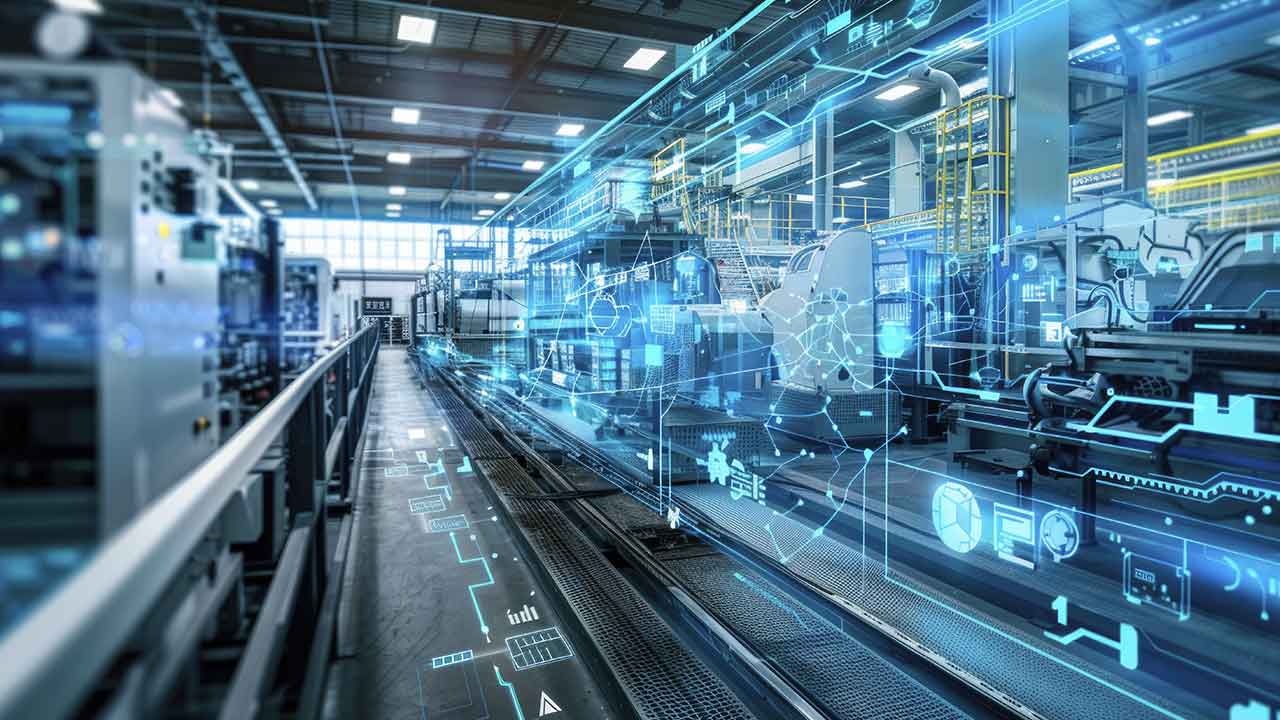Why Industrial DataOps Is Key to Scaling Smart Manufacturing in 2025 and Beyond | SPONSORED
At Hannover Messe 2025, conversations about digital transformation are no longer focused on whether to invest in data infrastructure—but how to scale it efficiently. In a live discussion with John Harrington, Co-Founder and Chief Product Officer at HighByte, a clear theme emerged: Industrial DataOps is no longer optional—it’s essential.
From Unknown to Indispensable: The Rise of Industrial DataOps
Just a few years ago, Industrial DataOps was still a foreign concept for many manufacturers. Today, it’s a frontline priority, driven by the demand for clean, contextualized data to support AI, real-time analytics, and industrial automation. Manufacturers now understand that successful digital transformation hinges on a strong data strategy—and that DataOps is the discipline needed to connect, prepare, and govern that data.
AI’s rapid evolution has only accelerated this shift. Once limited to cloud-based applications, AI is now running at the edge, in the cloud, and in on-premise data centers. This multi-environment deployment demands consistent, high-quality data flow—and that’s where DataOps proves critical.
Context Is King: Why Raw Data Alone Isn’t Enough
At the heart of smart manufacturing is telemetry data—machine settings, sensor outputs, and event logs. While this data is foundational, it’s often useless without context. Contextualizing telemetry data with information from MES (Manufacturing Execution Systems), ERP, CMMS, and other operational systems is what transforms it into actionable insights.
For instance, when performing predictive maintenance, it’s not enough to know that a motor is vibrating abnormally. You also need to know:
- What job was the machine running
- Whether alarms were triggered simultaneously
- If environmental or process conditions contributed
- Historical data from quality or maintenance systems
Industrial DataOps enables the real-time merging of telemetry and transactional data, preparing it for ingestion into analytics platforms, dashboards, or AI models. Without this layer of contextualization, even sophisticated AI can deliver irrelevant or misleading results.
From Pilot to Scale: Real-World Use Cases Across Industries
Manufacturers across sectors—including automotive, food and beverage, pharmaceuticals, medical devices, oil and gas, and pulp and paper—are adopting Industrial DataOps to power diverse use cases.
Examples include:
- Predictive maintenance of large motors in paper production
- Cross-site performance benchmarking across production lines
- Data-driven troubleshooting with targeted Tiger Teams
- Cloud-based analytics combining edge telemetry with legacy systems like PI or EMS
Companies that adopt a DataOps framework can quickly move from proof-of-concept to scaled deployment. One manufacturer rolled out their solution to 40 sites eight weeks after a six-month planning phase. This highlights how deliberate data strategy upfront enables fast, wide-scale impact later.
The True Bottleneck: Talent, Not Technology
Interestingly, the limiting factor for many organizations isn’t the tech—it’s the availability of OT and IT talent to implement and manage these systems. DataOps platforms can streamline deployment and reduce friction between departments, helping companies accelerate internal teams and scale up faster.
By removing the manual data-wrangling burden from engineers and automating contextualization, organizations can redeploy their limited resources to higher-value work like optimization and innovation.
Why Now? AI, Edge Computing, and the Future of Manufacturing
The urgency for robust DataOps stems from the convergence of several key trends:
- AI is moving from pilot projects to production workflows
- Edge computing requires real-time, localized data processing
- Manufacturers need to make faster decisions with less risk
- Data needs to be structured for domain-specific consumers: maintenance, quality, production, and business analysts
With these converging forces, it’s clear that Industrial DataOps is no longer just a supporting function—it’s foundational to the modern industrial tech stack.
Build Once, Scale Often
Companies that embrace Industrial DataOps report 10x savings in deployment time and dramatically faster time to value. Once the first use case is live, subsequent ones scale rapidly—because the infrastructure and knowledge are already in place.
As global competition increases and AI becomes central to factory operations, having a structured, scalable, and intelligent data strategy will separate the industry leaders from the laggards.
For those attending Hannover Messe or exploring solutions remotely, platforms like HighByte Intelligence Hub are helping define this next generation of connected, context-rich industrial systems.
Sponsored by HighByte
About the author
 This article was written by Greg Orloff, Industry Executive, IIoT World. Greg previously served as the CEO of Tangent Company, inventor of the Watercycle™, the only commercial residential direct potable reuse system in the country.
This article was written by Greg Orloff, Industry Executive, IIoT World. Greg previously served as the CEO of Tangent Company, inventor of the Watercycle™, the only commercial residential direct potable reuse system in the country.



